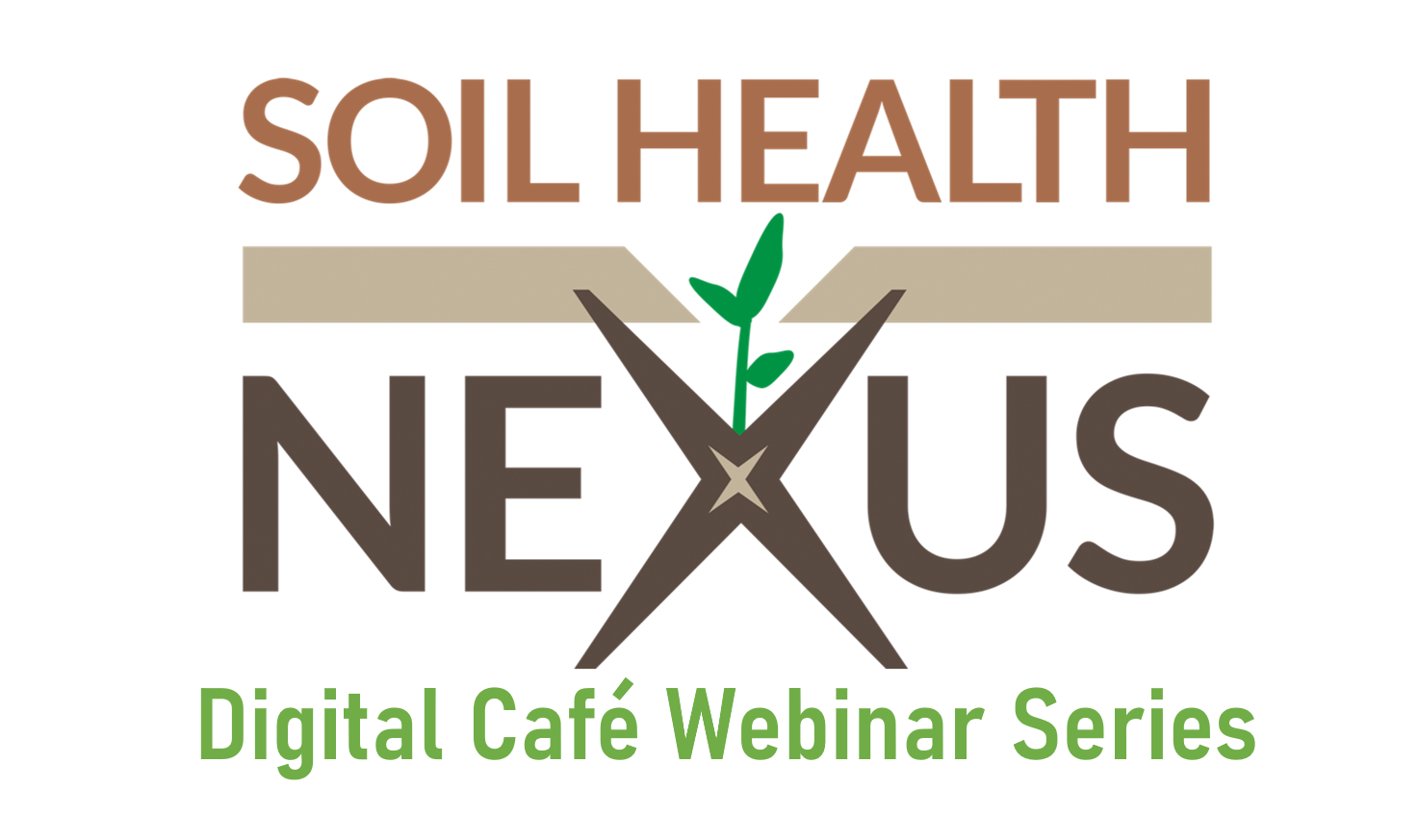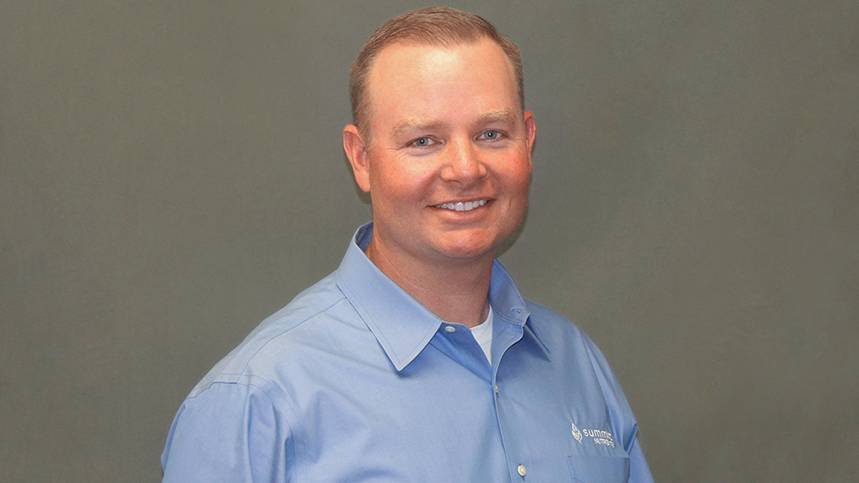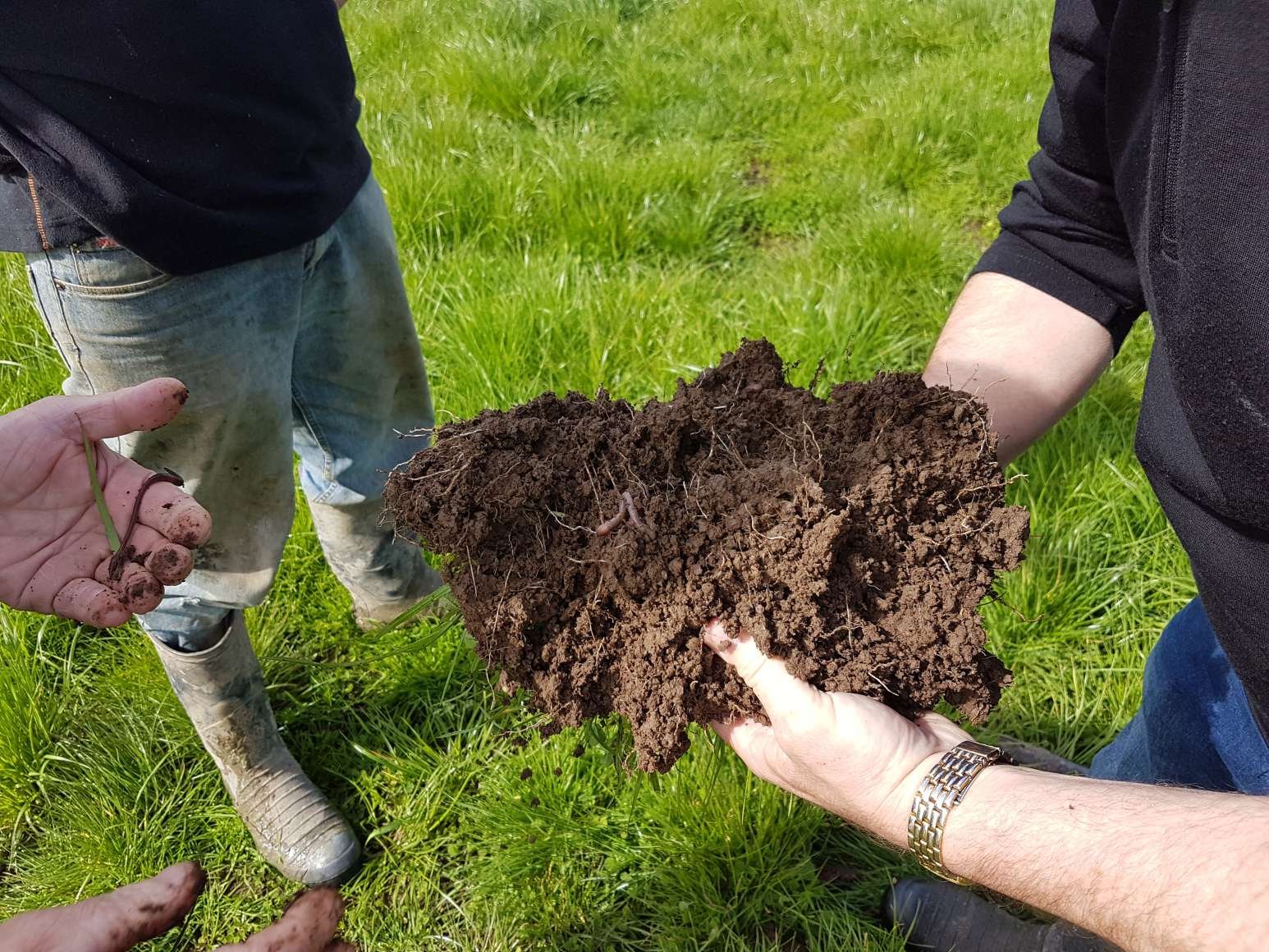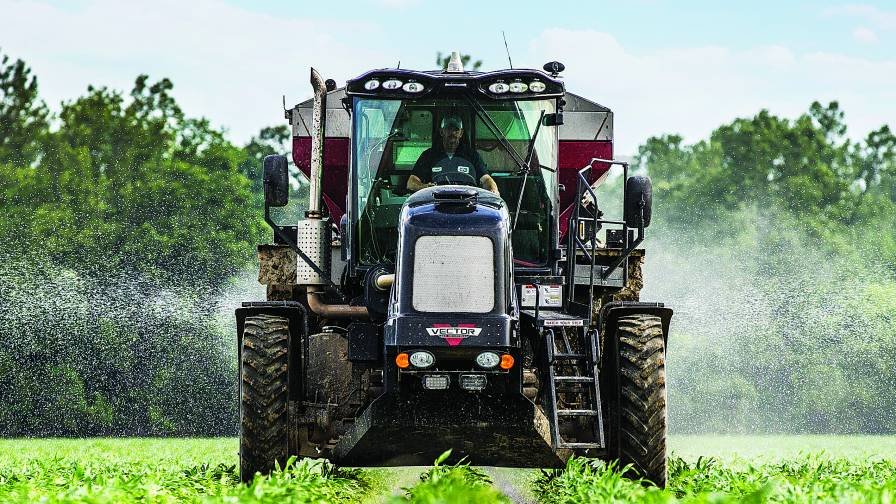For the fertilizer market, 2021 was a banner year. According to the 2021 CropLife 100 study, the country’s leading ag merchants saw their crop nutrition incomes grow to $15.3 billion. This represented a remarkable 19% boost over the 2020 fertilizer classification sales figure of $12.9 billion.
Obviously, some market watchers will mention why this held true- fertilizer costs more than tripled throughout the 2021 growing season. For example, grower-customers were paying approximately in between $300 and $400 per lot for anhydrous ammonia for the fall 2020 application season. One year later on, this quantity had actually swollen to in between $1,000 and $1,200 per lot- with some costs striking the $1,500 mark in specific areas of the nation.
In spite of this truth, nevertheless, ag merchants reported no downturn in their fall fertilizer application need for 2021. “Our consumers used simply as much fertilizer in 2021 as they performed in 2020, if not more so,” was a typical avoid many ag merchants that talked with CropLife publication throughout the yearly Agricultural Retailers Association conference in December.
Obviously, the factor for this appears uncomplicated- U.S. growers made a great deal of cash in 2021. In truth, USDA’s Economic Research study Service forecasted that U.S. net farm earnings increased by $18.4 billion from 2020 to $116.8 billion in 2021, so the included fertilizer expenses were a bit much easier to handle for a lot of purchasers.
Worries Ahead?
Entering Into the 2022 season, everybody is now asking the apparent concern- can fertilizer continue to carry out above average? Currently, there have actually been numerous “black swan” occasions such as the ongoing logistics fallout from Cyclone Ida throughout the Gulf States in 2015 to the Chinese federal government’s current prohibiting of phosphate exports through June. As an outcome, fertilizer costs are remaining high- $1,135 per lot for anhydrous ammonia, $885 for monoammonium phosphate, $815 for diammonium phosphate, and $775 for potash (since mid-December 2021).
Will this trigger growers to think about altering their crop mix from fertilizer-intensive corn to soybeans? According to Emerson Nafziger, University of Illinois Teacher Emeritus and Extension Crop Production Professional, this most likely will not occur in 2022.
” We have the capability to go a year in Illinois without yield loss in some soils,” stated Nafziger, speaking at a webinar hosted by the Illinois Fertilizer & & Chemical Association this previous fall. “The primary problem is the phosphorus and potassium gotten rid of by the crops will require to be changed ultimately, and future products and costs doubt.”
7
7
5
Will Fertilizer Fortunes (and Rates) Remain High in 2022?
Source link













